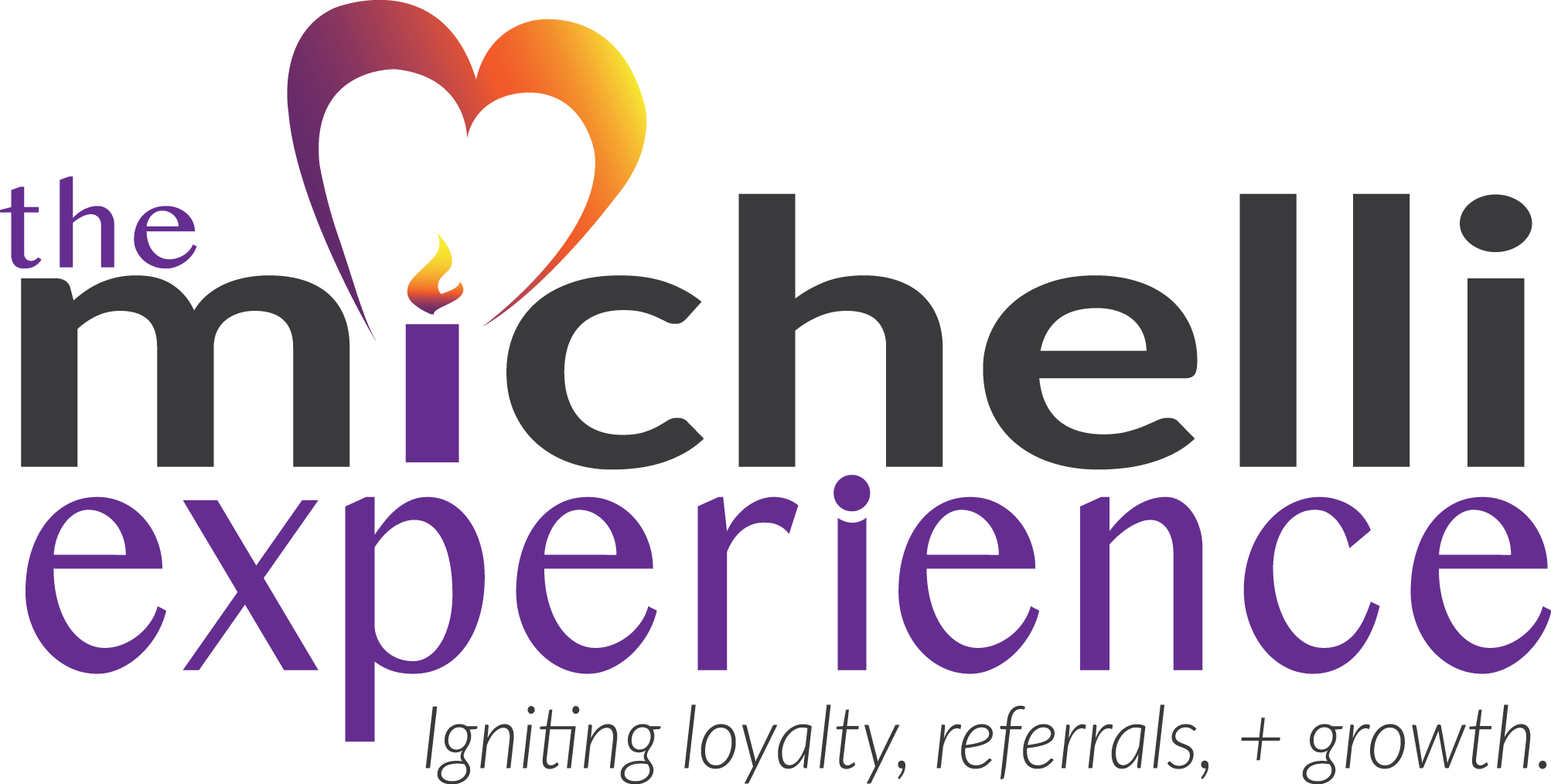Welcome to the second of three installments of my interview with Gautam Mahtani Co-Founder and Managing Partner of Customer Feedback Systems.
Joseph: Gautam what is the best practice model you identified for creating a high velocity customer feedback loop?
Gautam: The first step is to make solicitation of customer feedback quick and easy and deploy multiple modes of listening at the beginning of care. Find out essentially how customers want to communicate with you and be there and make it easy for them. For example, let’s say that is iPad technology put into the hands of nurse leaders to simplify the nurse leader process and make it easier for them.
So number one is use technology – make it easy. The second, is real time alerts. Have a mechanism in place to get customer information into the hands of the right action owner with the least amount of resources required from the person collecting that information. We started out, Joseph, with a passion to give a patron a voice while being respectful of their time. What we quickly learned is if we don’t respect the time of the incredibly busy staff to do something meaningful with that information we’re just drowning them in data. So make it easy to send alerts to the action owner. If the meals are wrong or it was too loud last night or the pain management levels are off – allow that nurse leader within seconds to hit red alert, select that department and get that information off their desk and into the hands of someone who can do something about it.
From there, we develop a weekly rhythm where we can feed information to the frontline and it’s purely designed for learning and planning. We’ve managed to boil down on a weekly basis what we call impact meetings to about 20 minutes a week where staff who are incredibly busy can come in, look at how they are performing, look at their goal, look at how they are performing against their goal, make a very quick action item list and move on with their day. And then that becomes the guiding light for the next week. And then from there that information will then go to leadership. This is key.
We’ve never seen a program succeed without involved leadership. We’ve seen plenty fall short of the mark with what they call a “program.” Patient experience is not a program. Customer experience is not a program. It should be in the DNA of the business. So from there leadership’s most important role when they look at analytics of risks and opportunities is not to look for blame. But rather it is to say where do I roll up the sleeves and come in and clear the path. And when that happens it creates that culture of improvement.
The final piece is what we call the report out. You need to show the customer and the staff members what you did in response to the feedback. Whether it’s signage in a retail store or a hospital or whether it’s on your website. Pretty simple – this is what you told us, this is what we’re doing about it, we’re committed to serving you and oh, yeah please take 30 seconds the next time you are with us to once again let us know how we did today. That’s how you lock those two loops in place and start seeing 50, 60, 70% of customer participation.
Joseph: Let me make this really tangible. If you could take an example from any customer/client you’ve worked with where the feedback that they received somehow was worked upon and was utilized not only to rescue maybe a single customer for whom they had actionable data but really had an impact on the way in which service was delivered. Is there anything that comes to mind that might cause a reader to say, “I want to invest in these mechanisms because it allows us to have breakthrough opportunities in improving the patient/customer experience?”
Gautam: So there’s two sides – there’s do we have the data and what do we do with the data? So to come to the listening side I can tell you across the base of hospitals – we look at that rounding process. I can tell you there’s direct correlations in the healthcare world between the movement of the HCAHPS score which is tied to reimbursement – a very, very clear line of sight to dollars the rounding process. If one can get the rounding process right – there are three components that make it successful. Quantity of rounding – how many patients are you touching on a daily basis? How many patients are you checking in on a daily basis? Quality of rounding – so what is that interaction like? Is it just a check list? Are you just going in and saying yeah you’re right? Okay, good, fine. Or is it building a relationship? Then the third is doing something with that information.
What I can tell you is across the base of organizations with whom we have worked, we have seen more than 130% increase in the number of patients that they are able to touch with the rounding tool and a resulting measurable impact and improvement upon the HCAHPS scores.
In one scenario where we’ve been in for eight months, 275 detractors had been moved from to promoters by the next visit through appropriate follow-up efforts. So there’s really multiple ways you can look and measure. So it’s taking revenue and risks like in that detractor situation – reimbursement at risk and being able to convert it into someone who would now not only use your service again if they had a need but would also be willing to recommend you to a friend or family member that would have a need. So there’s lots of different ways to look at this.
There are great stories about people within hospitals that wanted to check themselves early. Without having some proactive mechanism to find out why- patients were distressed about non-medically related issues that affected their stay. In one case, someone from the hospital actually went fed the dogs of a patient, that type of intervention would not have occurred without frequent listening and rounding. So the stories range from clear financial metric success to amplifying the voice of the patient to even scenarios where we’re capturing stories.

Joseph A. Michelli, Ph.D. is a professional speaker and chief experience officer at The Michelli Experience. A New York Times #1 bestselling author, Dr. Michelli and his team consult with some of the world’s best customer experience companies.
Follow on Twitter: @josephmichelli



